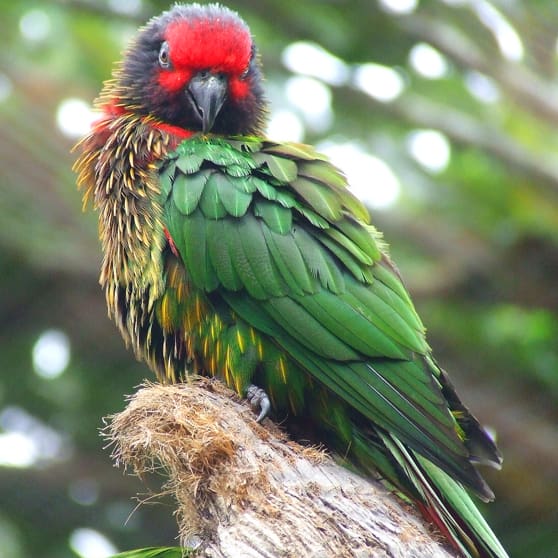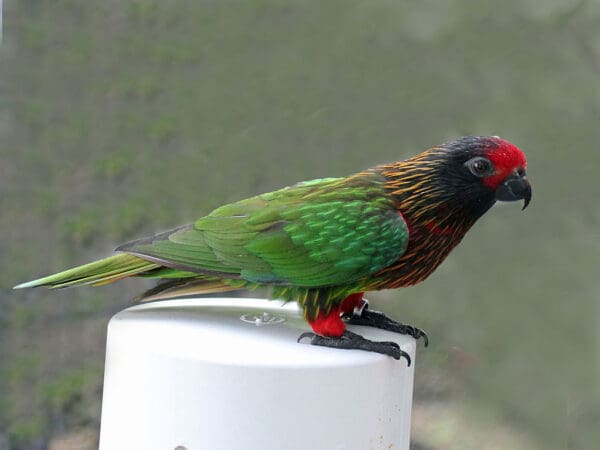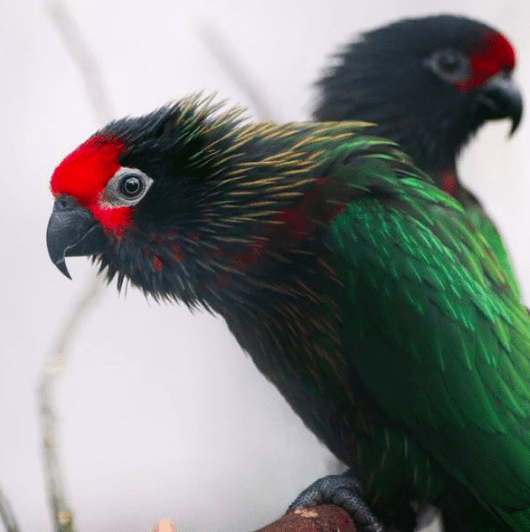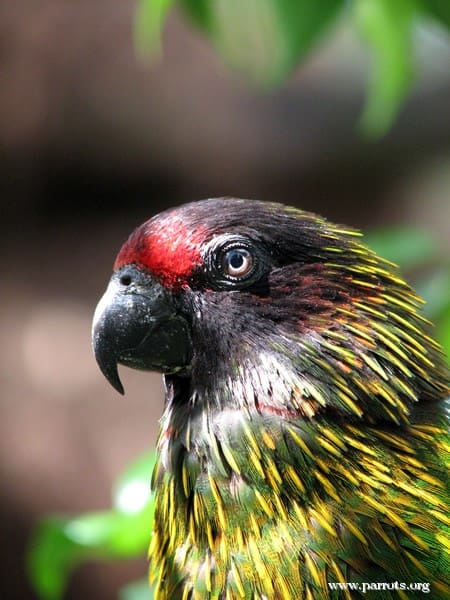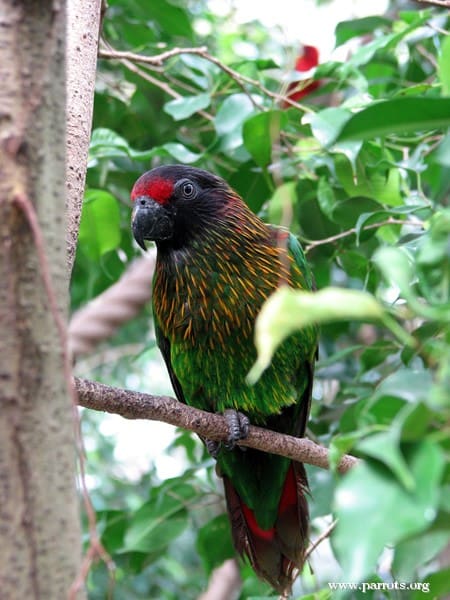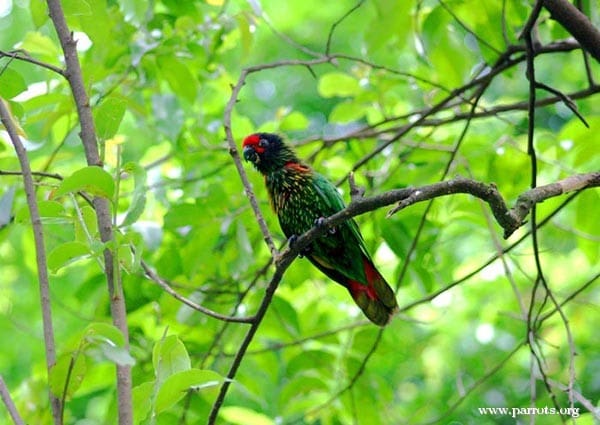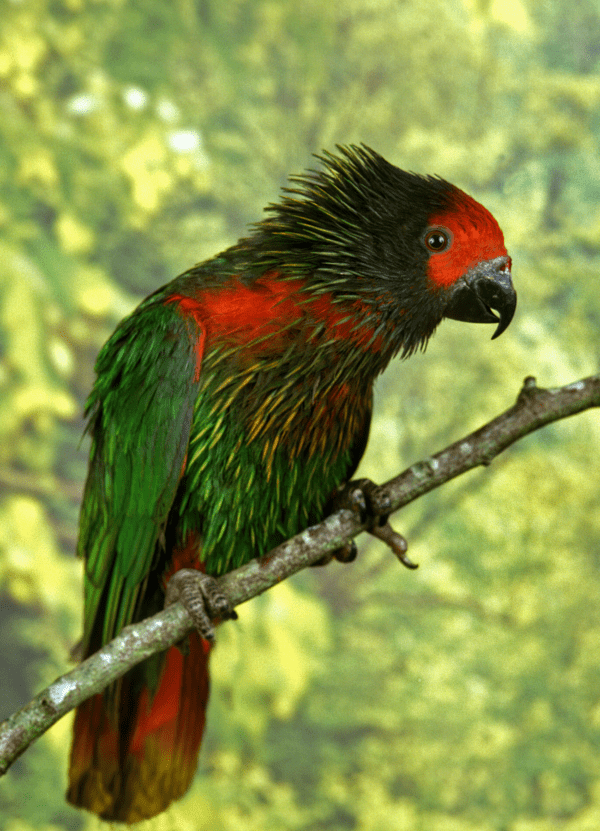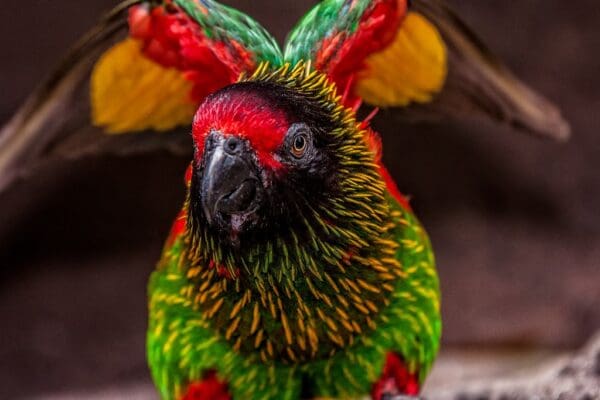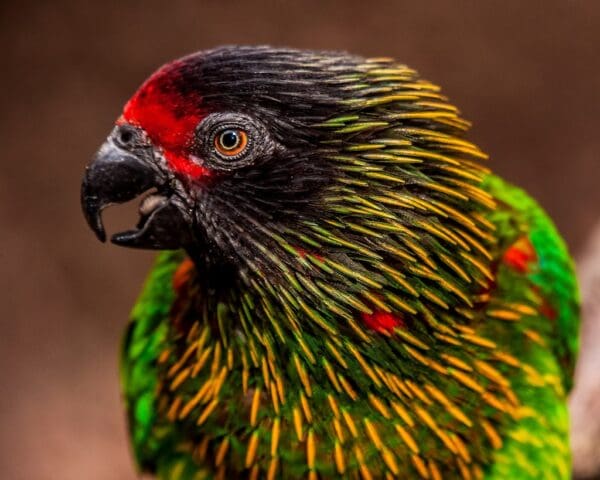Yellow-streaked Lory
Also known as:
Greater Streaked Lory, Cream-streaked Lory, Red-fronted Lory
Also known as:
Greater Streaked Lory, Cream-streaked Lory, Red-fronted Lory
![© Linda Kenney [CC BY-SA 2.0] via Wikimedia Commons](https://parrots.org/wp-content/uploads/2023/01/wpt_Yellow-streaked-Lory_1078-7-100x100.jpg)
![© DickDaniels (Own work) [GFDL or CC BY-SA 4.0-3.0-2.5-2.0-1.0] via Wikimedia Commons](https://parrots.org/wp-content/uploads/2023/01/wpt_Yellow-streaked-Lory_1078-9-100x100.jpg)
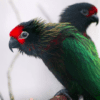
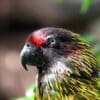
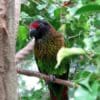


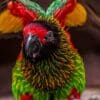
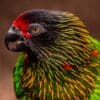
DID YOU KNOW?
Yellow-streaked Lory pairs often engage in acrobatic flying with much calling to each other.

Chalcopsitta

scintillata
Size:
31 cm (12.1 in)
Weight:
180-245 g (6.3-8.6 oz)
Subspecies including nominate:
three: C. s. scintillata, C. s. chloroptera, C. s. rubifrons
Colour Adult:
C.s. scintillata: Both adults mostly green, the feathers pale green on shaft on head to abdomen and bright yellow on breast and mantle; red forehead, lores, thighs and underwing coverts, in female less evident on forehead; red on sides of breast; underwing banded with yellow. Bill black. Eye ring bare and grey. Skin at base of bill grey/black. Eye orange/red.
C.s. chloroptera: As in scintillata, but narrower streaking in plumage; green underwing coverts with or without red markings.
C.s. rubrifrons: As in scintillata but broader, orange/yellow streaking in plumage.
Colour Juvenile:
C.s. scintillata: As in adults but with minimal amount of red on forehead; varying yellow marks at base of bill. Eye brown.
C.s. chloroptera: As in adults.
C.s. rubrifrons: As in adults.
Call:
Vocal while in flight and when perched. An electronic-sounding screech and many syllabled musical notes of varying tone and length.
More Information:
Content Sources:
CITES
BirdLife International
Cornell Lab of Ornithology/Birds of the World
Parrots: A Guide to Parrots of the World, Juniper and Parr, 1998
Parrots of the World, Forshaw and Cooper, 1989. 2010 edition
Parrots of the World, Forshaw, 2006.
Parrots in Aviculture, Low, 1992.
Parrots: Their Care and Breeding, Low, 1986.
Captive Status:
Fairly common.
Longevity:
—
Housing:
Aviary with well-drained floor (sloping concrete with drains) or suspended cage over concrete.
Diet:
Commercial type or a mixture of baby cereal (lactose-free), honey, and malt extract or molasses, mixed with bottle water, made fresh once or twice daily; also fresh fruit like apple, pear, orange, banana, cactus fruits and one or more of the following: carrot, corn on the cob, green leaves, rearing food made from hard boiled egg and wholegrain bread, ground to crumbly consistency.
Enrichment:
Hanging nectar bottles or cups around aviary, providing unsprayed browse with edible flowers, various chew (bird-safe woods) and plastic toys (non-toxic); provide bowls of water for bathing.
Nest Box Size:
10″ x 10″ x 20″ (25.4 cm x 25.4 cm x 50.8 cm) high.
Clutch Size:
2
Fledging Age:
11-13 weeks
Hatch Weight:
—
Peak Weight:
—
Weaning Weight:
—
World Population:
Unknown but described as common. Decreasing.
IUCN Red List Status:
Least Concern
CITES Listing:
Appendix II
Threat Summary:
Is considered to have a medium dependency on forest habitat and tree cover is estimated to have declined by 3.7% in its range over the past three generations. Therefore, it is tentatively suspected that this may have led to a 1-19% decline in the species’ population over the same period.
Range:
C.s. scintillata: S New Guinea, east to Fly River, W Papua New Guinea.
C.s. chloroptera: SE and SC New Guinea, west to Fly and Noord Rivers, E West Papua.
C.s. rubrifrons: Aru Islands, Indonesia.
Habitat:
Lowland savannahs and nearby forests, usually secondary growth. Also coconut plantations and mangroves. Up to 800 m (2624 ft).
Wild Diet:
Forages for nectar or pollen of Syzygium, and nectar of Brassaia actinophylla, sago palms and Schefflera.
Ecology and Behaviour:
Gregarious, in pairs or groups of up to several dozen individuals; also spend time with Rainbow Lorikeets and Red-flanked Lorikeets in flowering trees. Aerial displaying frequent.
Clutch and Egg Size:
2 rounded eggs, about 30.0 x 25.0 mm (1.2 x 1 in).
Breeding Season:
February and September. Nest is in tree cavity.
Related Links:
—
